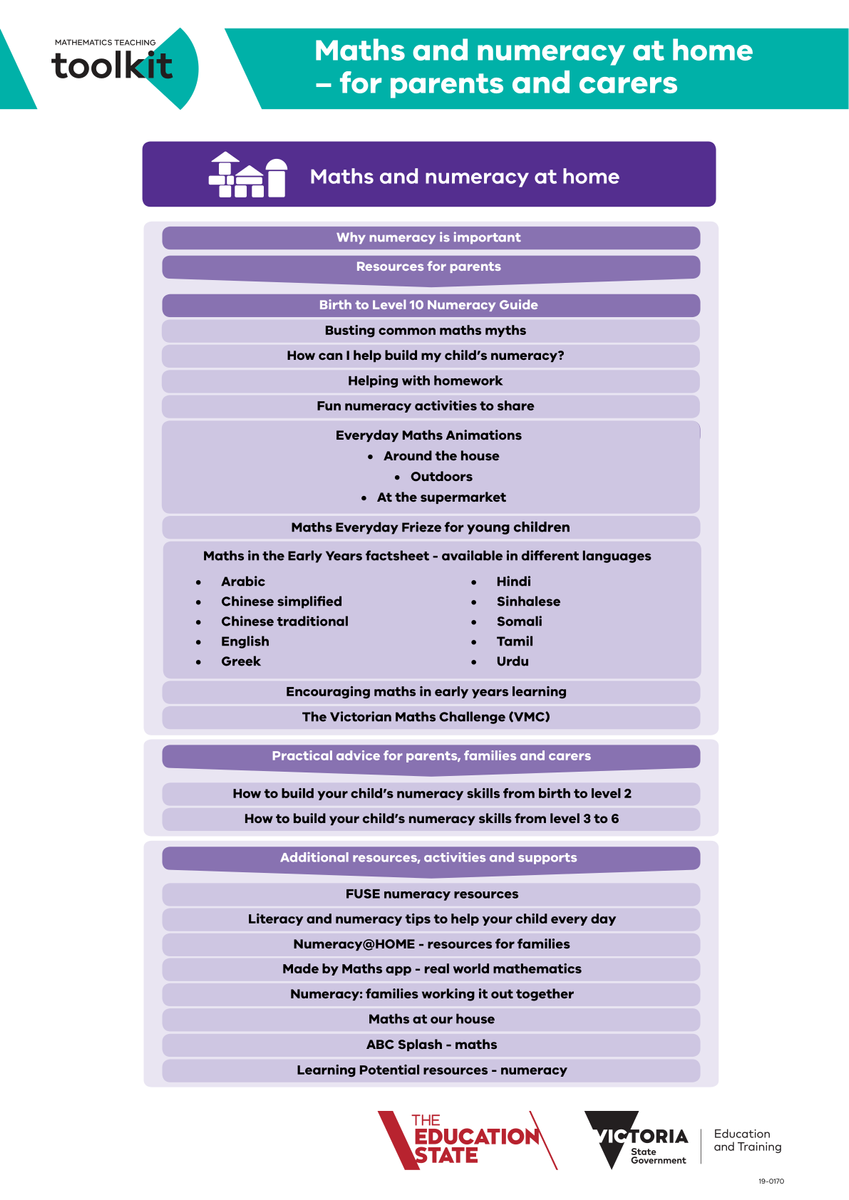Something about Maths

Dear Armadale Community,
Our Level Bulletins this week aim to give you an insight into what your child is learning in Maths sessions at present. All year levels use the following structure:
- Fluency Game
- Learning Intention
- Launch
- Task/Experience: Enabling; Explore; Extending
- Summarising/Reflection in Action
To understand the structure of a typical Maths session, please take the time to watch the video below:
A spotlight of Fluency
What is Maths Fluency?
Maths fluency is equipping a child is to use their skills to establish the best way to solve a problem. It also means developing number sense and it means using those skills in a variety of contexts. For example, when presented with a multiplication problem, children could tackle it in a variety of ways depending on the size of the numbers involved.
If asking a child the answer to 3 × 4, they may choose to work it out mentally or use repeated doubling. They could also use their existing skills to know that 3 × 2 = 6 so they’d just need to double that. As fluency is also about choosing the most efficient and accurate method, it would be significantly more long-winded to choose to answer this through column multiplication.
However, if you were to ask them the answer to 17 × 18, it’s unlikely that they’d be able to tackle it in their heads straight away. They could use their knowledge of place value to break it down into smaller chunks or they could use a column-based method. For example, they’re more likely to be able to recall the answer to 17 × 10 first. From here, they might choose to double their answer before subtracting 17 × 2. What ultimately matters is that children know which method works most efficiently and accurately for them.
Most importantly, maths fluency allows learners to understand the relationship between numbers. It means that not only do they get to grips with how they answer something, but they also understand why they’ve reached their answer.
Fluency games are designed to equip children with the following skills:
- recall the number bonds to 20 and understand and appreciate place value.
- use mental recall of multiplication and understand commutativity between multiplication problems.
- practice multiplication, as well as addition and subtraction of increasingly large numbers.
- practise addition and subtraction with increasingly large numbers, both by using mental methods and written methods.
- Complete simple addition and subtraction using decimals and understand the relationship between equivalent decimals and fractions.
What can you do at home to support Fluency
Warm regards
Rochelle Cukier and Connie Apostolos
Principal's

